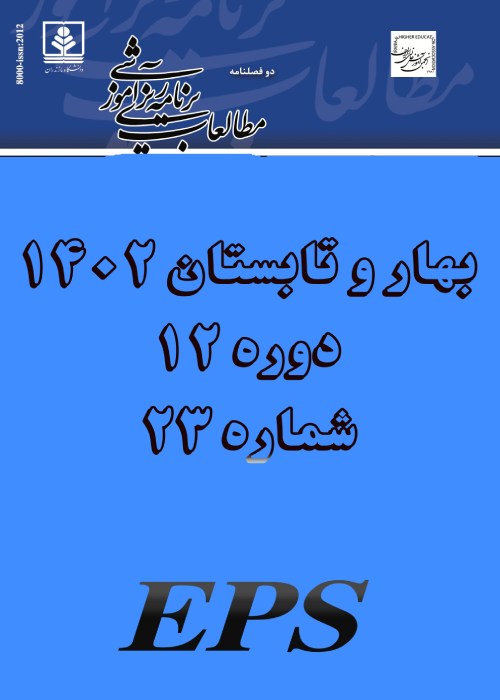Spatial analysis of educational indicators in Iran and identification of its key variables
Benefiting community members from an acceptable level of educational facilities and services constitutes the core of any community's development.Establishing a balance between the quantity and quality of educational indicators based on the needs of the people living in that society, while ensuring equity in access to educational services and the development of knowledge and science at the community level, will result in the economic allocation of educational facilities and services to different regions.This descriptive-analytic correlational study seeks to investigate the spatial inequality of educational indices and the factors affecting the distribution of these indices in the provinces of Iran. Thirty-one provinces were studied and the data were taken from Iran’s statistics center. The findings of the study showed that there is inequality between provinces in terms of educational indicators. Quite contrary to expectations, the three provinces of Ilam, Kohgiluyeh and Boyer Ahmad, and North Khorasan with coefficients of 0.632, 0.598 and 0.885, respectively ranked first to third, and Qom, Tehran and Alborz with the coefficients of 0.224, 0.250 and 0.225, respectively were in the lowest ranks. The results of correlation coefficient showed that the variables of urbanization rate, ruralization rate, percentage of population of each province out of total population of the country and migration into provinces have a significant relationship with the country's provinces in terms benefitting from educational indicators whose amounts respectively are -0.552, -0.520, -0.533 and -0.494. The results of the fitted model of multivariate regression also showed that the two variables of the percentages of each province's population out of the country’s total population and the percentage of urbanization with the Betas of -.0393 and -.0375 predict 40.5% of the variance of benefitting of the provinces from the educational indices. The results show that the concentration of population, especially urban population in provinces such as Qom, Tehran, Alborz, Isfahan and the increasing number of people migrating to these provinces, reduces the per capita of educational infrastructures and staff, thereby decreasing per capita. In order to establish spatial justice in the provinces of the country, considering the demographic variables and the percentage of urbanization are the requirements for sustainable development of educational indicators in the country
- حق عضویت دریافتی صرف حمایت از نشریات عضو و نگهداری، تکمیل و توسعه مگیران میشود.
- پرداخت حق اشتراک و دانلود مقالات اجازه بازنشر آن در سایر رسانههای چاپی و دیجیتال را به کاربر نمیدهد.




